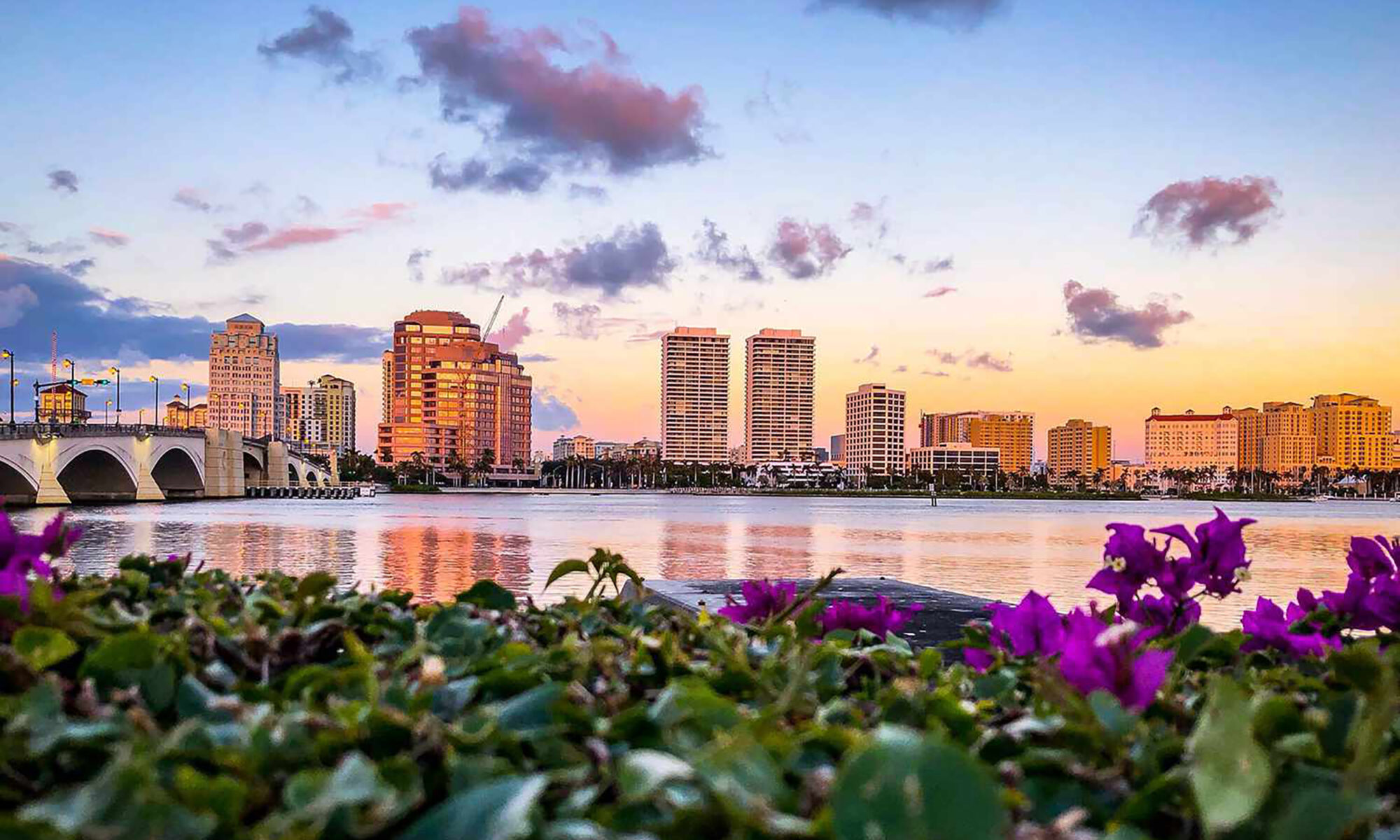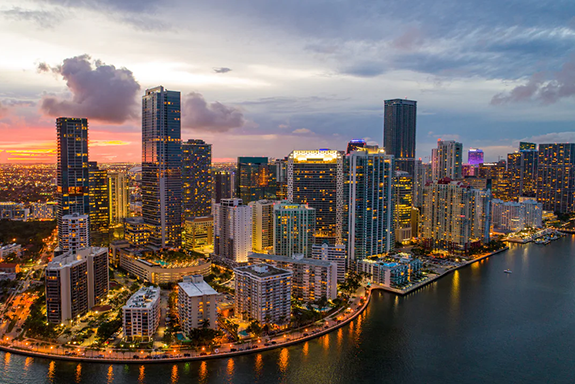As Thanksgiving approaches, residents across northern Palm Beach County are making plans to enjoy the holiday at some of the area’s standout restaurants. Jupiter Magazine recently highlighted several local favorites offering special Thanksgiving menus, from waterfront fine-dining to gourmet take-out options. For Cohen Commercial, headquartered right here in Palm Beach County, these dining trends signal much more than festive holiday plans — they reveal key insights about the strength and direction of the region’s commercial real estate market.
Restaurants featured in the article, such as 1000 North, Charlie & Joe’s at Love Street, and Frigate’s Waterfront Bar & Grill, serve as essential anchors within the retail and hospitality landscape. Their high-end Thanksgiving offerings and destination-driven experiences aren’t just attractive to diners — they create strong traffic patterns that support surrounding retail tenants and increase overall property value. For commercial landlords and tenants, these hospitality anchors demonstrate how dining establishments contribute to the success of entire shopping centers and mixed-use developments, reinforcing the importance of strategic site selection and tenant mix.
The holiday season also highlights shifting consumer habits, especially the rise of elevated take-out and catering options. Restaurants like Coolinary & The Parched Pig and Mango Mercado are leaning into convenient, multi-person takeaway meals that allow families to enjoy chef-quality dishes at home. This growing trend signals continued demand for adaptable restaurant spaces that support both dine-in and high-volume pickup operations. For commercial real estate, properties with versatile layouts and strong access points are becoming increasingly valuable as more restaurants adopt hybrid service models.
Another standout from the Jupiter Magazine feature is Masala Mantra’s Indian-inspired Friendsgiving brunch. Innovative dining concepts like this reflect the region’s expanding culinary diversity, which aligns with broader demographic growth and evolving consumer tastes. Restaurants that offer unique cultural or experiential value tend to attract loyal followings and strengthen retail corridors with fresh, authentic energy. For property owners, this underscores the value of welcoming diverse restaurant operators who bring new life — and new customers — to established commercial centers.
Waterfront and lifestyle-driven dining also continue to reinforce Palm Beach County’s premium market positioning. Restaurants that highlight scenic views and elevated ambiance consistently draw both locals and visitors, making these locations highly desirable within the hospitality real estate sector. Their success showcases the ongoing need for well-positioned properties that can support high-impact restaurant concepts with strong visual appeal and foot traffic potential.
At Cohen Commercial, our team’s local presence provides us with a firsthand understanding of how these culinary trends connect to larger commercial activity in Palm Beach County. The restaurants preparing special Thanksgiving offerings this season are doing more than celebrating a holiday — they’re demonstrating confidence in the market, investing in their businesses, and helping strengthen the region’s retail and hospitality ecosystem.
As families gather around the table this Thanksgiving, we’re grateful for the thriving commercial landscape that supports local restaurants, retailers, and entrepreneurs. Cohen Commercial remains committed to helping both property owners and hospitality tenants find strategic opportunities in this vibrant and fast-growing region. From all of us at Cohen Commercial, we wish you a warm and happy Thanksgiving, and we look forward to continuing to grow with the communities we serve.
References:













